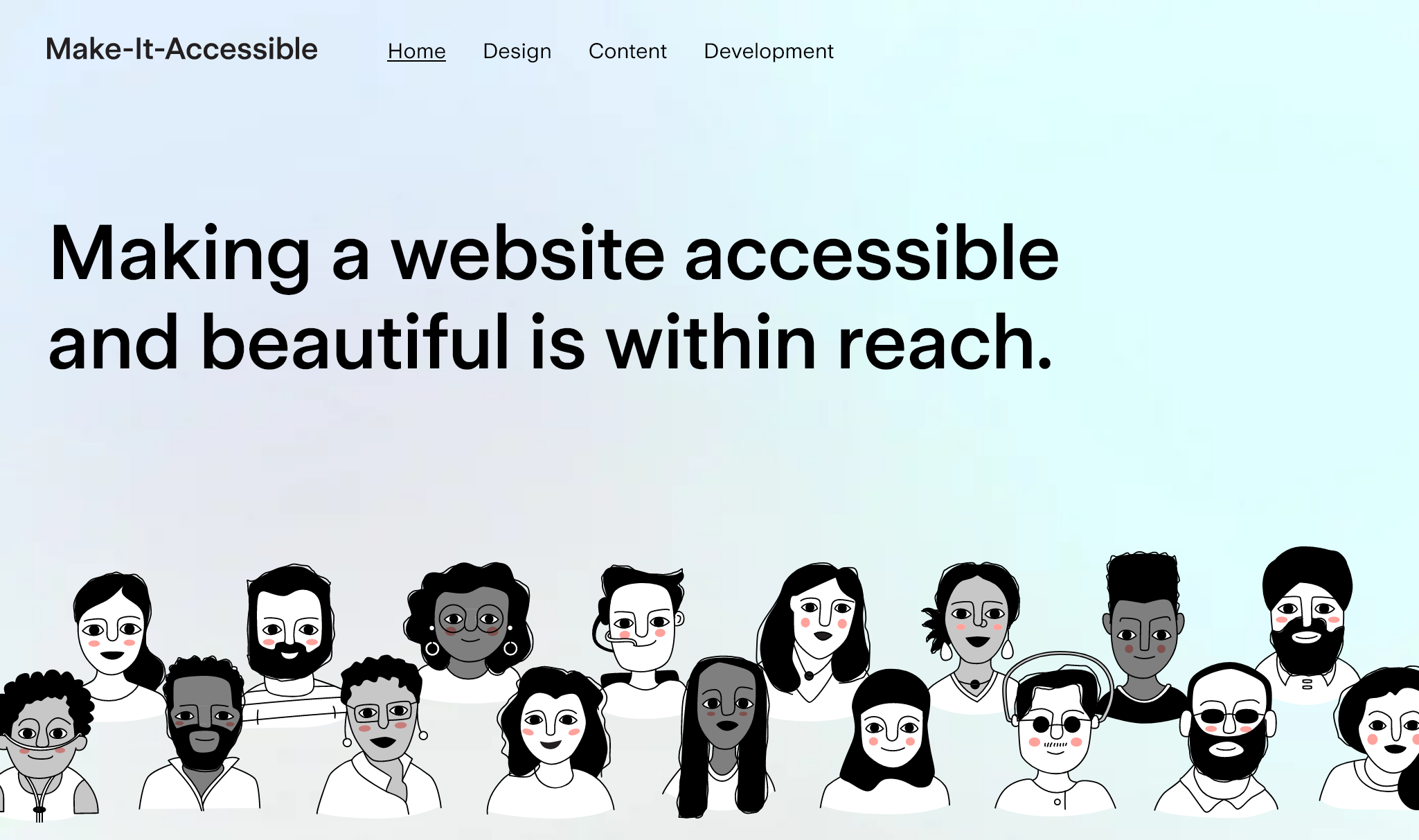
On May 1, 2024, it will become mandatory for public sector organizations, libraries and educational institutions in Manitoba, Canada, to comply with the Accessibility Standard for Information and Communication under The Accessibility for Manitobans Act (AMA). One year later, the province’s private sector, non-profit organizations and smaller municipalities must also comply. As these deadlines draw near, many organizations are wondering if their websites are compliant with the AMA.
About the Accessibility for Manitobans Act
According to Statistics Canada, nearly one in six Manitobans has a disability, and this number will grow with our aging population. Almost every Manitoban will know someone with a disability (either permanent or temporary) or experience it themselves in the coming years.
The AMA seeks to reduce barriers for Manitobans in five key areas of daily living. It became law in the province on December 5, 2013, and builds on The Human Rights Code (Manitoba). Through this legislation, the Manitoba Government developed these five core accessibility standards in consultation with stakeholders:
- Customer Service
- Employment
- Information and Communication
- Transportation (sector-specific)
- Built Environment
Each of these standards includes specific deadlines for all public and private organizations in the province.
Information and Communication Standard: What it means for Manitoba websites
The AMA’s Accessibility Standard for Information and Communication aims to remove barriers digitally, in print or through interaction with technology or people. Under this standard, organizations will need to develop measures, policies, and practices to ensure barrier-free information and communication for Manitobans.
This standard means that with few exceptions, organizations will have to create and maintain websites and web applications that, at minimum, meet World Wide Web Consortium (WC3) Web Content Accessibility Guidelines (WCAG) 2.1 Level AA. This is significant. Level AA is an excellent and remarkably high standard. While the WCAG 2.1 standard has been around for many years, mandating that businesses, organizations and governments comply with Level AA means they will have to carefully review and potentially adjust or remediate many sites, platforms and applications.
Is your website accessibility compliant?
It’s very likely that most Manitoba websites do not meet the province’s new website accessibility standards. Approximately 96.8% of the web’s top one million sites are not fully accessible, according to WebAim’s 2022 report, and that same number probably applies to those sites based in Manitoba. With existing and pending accessibility legislation worldwide, many organizations will have to revamp their digital platforms soon.
In our experience, it’s only been in the last few years that a handful of organizations have made accessibility a priority for their websites. And with changing technologies and accessibility guidelines, many organizations that designed an accessible site years ago will find they are at a lower standard (Level A) than the required Level AA.
The Manitoba Accessibility Fund awards grants to municipalities, non-profits, and businesses for projects supporting the removal of barriers to those with disabilities. Full disclosure: Manoverboard has been awarded a grant from that fund to support web accessibility resource sharing and communications.
Accessibility at Manoverboard
Our team at Manoverboard has been building websites with accessibility in mind since 2005. As a Manitoba-based Certified B Corporation, we are committed to providing leadership and new solutions to issues affecting the planet and people’s wellbeing. Making websites that everyone can use is essential to how we practice design.
We recently launched a resource for website design, development, and content professionals called Make-It-Accessible to help with the learning curve of building accessible sites. As the demand grows for website studios and agencies to help organizations meet standards, we are eager to share our accessibility journey and continue learning from others.
For our clients, we’ve tailored our services specifically to address their website’s accessibility needs beginning with a site audit to understand how customers or clients experiencing disability would interact with their site.

Conclusion
The new standards falling under The Accessibility for Manitobans Act mean that most organizations in Manitoba will need to consider redesigning or redeveloping their websites over the next few years. If your organization falls in that category, the good news is that by making your site accessible, you will reach new audiences and deliver your ideas, services and information to many. You will also make visiting your site easier for everyone, whether they live with a disability or not.
If you’re ready to take the first step, we’d be happy to help.
If you found this post useful, we invite you to subscribe to the Manoverboard newsletter for notice of recent posts and other studio news.

